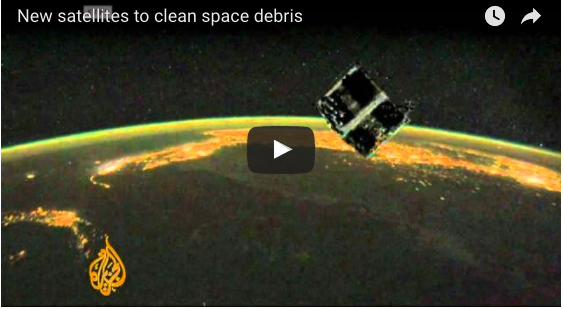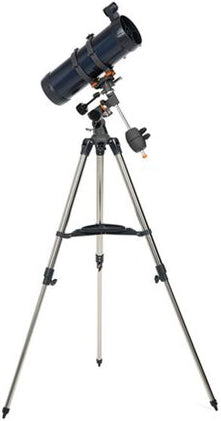Space Waste: Debris from Above
May 6, 2015

|
Ever since the launch of Sputnik, mankind has been propelling objects into Earth's orbit and it's starting to add up. We're not only talking about rocket ships, but hundreds - even thousands - of satellites. And, as we all know, what goes up must come down. What's falling and how big is it? |
Will you get hit?
If the question you're really asking is, "Can I protect myself from space debris" - you can't. But don't let that scare you into reclusivity. Most of these things are tiny - if something as big as a satellite was to fall, NASA or some other aerospace organization would alert the masses immediately. See, space junk is a problem, just not for you specifically. The average person (those actually on Earth's surface) is not in danger. Instead, those brave few floating out in the vacuum of nothingness at this very moment are the ones who need to worry.
As recent as 2009, a couple of Russian satellites collided and created countless pieces of hazardous space debris that could spell trouble for astronauts and the international space station for years to come. Imagine two cars crashing head on into each other. Now imagine that same collision, but ten times harder and with shrapnel that never stops flying and even accelerates to 22,370 miles per hour! The danger of space junk is not that it could pancake someone going for a jog - the real problem is stopping space debris so that we don't have to worry about it piercing astronauts and satellites!
The Good News Is ...
The situation is under control and only getting better! New space debris is on the decline and old space debris is disintegrating every day. NASA does a solid job of space debris tracking and U.S. Strategic Command has a remarkable dataset to monitor all of the satellites currently in orbit. The Aerospace community has been aware of the problem since the 80s and follows new regulations requiring all satellites to de-orbit within 25 years after its lifetime. A new strategy sees all space agencies launching new satellites into a lower orbit that increase the likelihood of debris burning away faster so it spends less time as a super-bullet that could wreck future missions and the astronauts on the space station.
Long story short: unless you're making repairs to a micrometeoroid shield in the vacuum of space, you don't have to worry about falling space debris. So go outside and gaze through your telescope worry-free!



